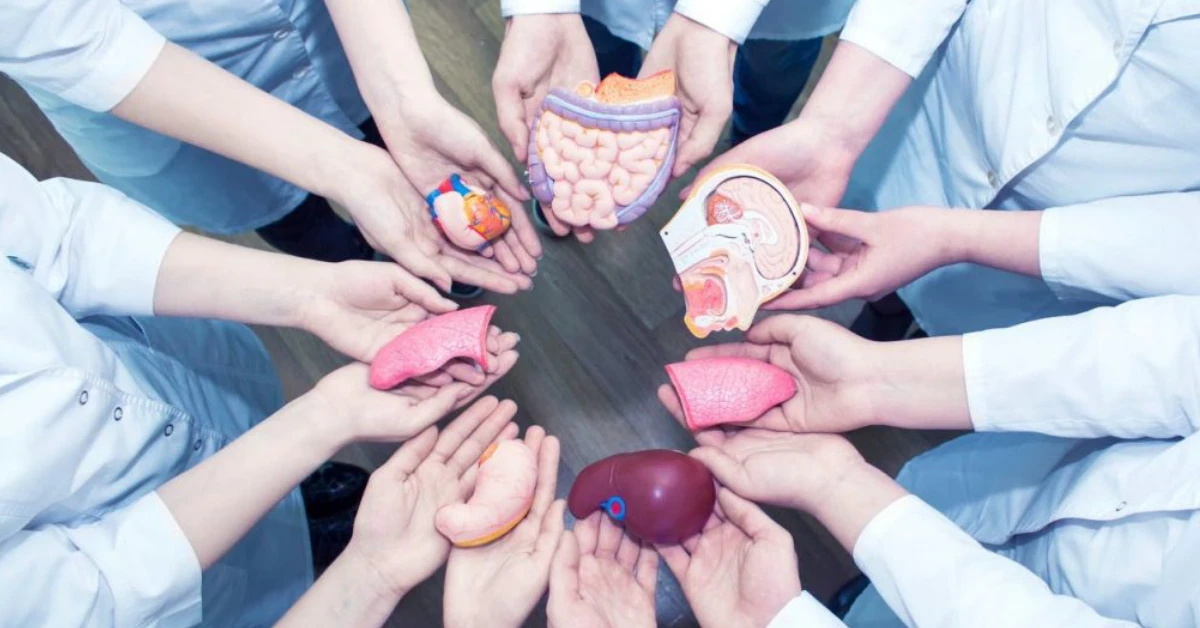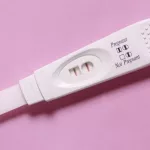Ever imagined finally getting a second chance at life… only to learn about the organ transplant complications that could follow? You’re not alone. For many, surgery is just the beginning of a long journey. Here’s the truth: complications are real, but they’re also manageable—especially when you know what to expect.
Let me take you back to a friend’s story. She waited two years for a kidney transplant. Post-surgery, the pain and fatigue shook her. Her immune system, tasked with protecting her new organ, was… well, confused. That’s the paradox here, isn’t it? Our body fights to save us, but sometimes it’s the very thing we’re trying to protect. Sound frustrating? That’s why understanding these risks isn’t just smart—it’s survival.
Real Complications
Organ transplantation is like a mixed blessing. Yes, it can save or drastically improve life—but no one tells you how messy the road can get. Mayo Clinic Arizona breaks it down: from cardiovascular hiccups to nerve-related issues, there’s no one-size-fits-all list. Let’s not sugarcoat this: your body will face turbulence after a transplant involving:
- Overworked drugs (immunosuppressants) doing double duty
- A confused immune system that forgets it’s on your side
- Ch-Ch-Cha-Changes to organs that never saw a donor before
Why the Immune System Acts Up
Remember being a kid and stepping on a crack, wondering if it’d break your mom’s spine? The immune system’s rejection is often just as unpredictable. It’s your body’s way of saying, “Not you again,” mistaking the donor organ for a bug. For the 98%, immunosuppressants keep the chaos at bay… but they’re not foolproof. Worse yet, dialysis might’ve seemed like a better option when you start grappling with rejection symptoms after the surgery that was supposed to fix everything.
How Often Do Patients Face These Complications?
About 7-10% of transplanted kidneys shut down in the first year, according to the UK Kidney Association. So, while the gamble is far from certain, it’s better than the alternative in 99% of cases. Most complications show up within the first six months—when immunosuppressants are dialed up like the volume in a rock concert. But lifestyle plays a role here: skipping meds or ignoring symptoms? That’s how you may end up on the wrong end of this data.
Transplant Rejection
Rejection is the organ’s version of getting ghosted by your own body. It doesn’t knock politely; it hits like a surprise punch. Your job? Spot the signs before it gets ugly.
How Rejection Starts
Rejection occurs when T-cells mistake a healthy new organ for an invader. It’s not a conspiracy—it’s biology doing its best impersonation of a bodyguard who’s had one too many coffees. The immune response after transplant isn’t personal, but it feels that way when your chest tightens over a blissful three-day blood work normalcy. The takeaway? Your body is trying to protect you, but sometimes it acts like that paranoid cousin who sees danger everywhere.
Breakfast with a Side of Graft Drama
Picture this: you’re having coffee a week post-transplant, and your fever spikes like wildfire. Classic acute rejection. Chronic? It’s the quiet guy on your left—sneaking in inflammation and damage over years without your notice. Mild case of primary non-function? You’ll get dialysis, but you’ll be fine. Worst-case? The organ doesn’t work at all… and yes, they might remove it. It’s rare, but it does happen to 0.1% of recipients. Priorities prevent that—an organ match based on antigens is your best first line of defense.
Through the Immune Lens
Immune suppression shakes up life post-transplant like moving to a new house. You gain freedom, lose security (Hello, infections!), and your lifestyle needs serious rethinking. Here’s the gritty truth:
Side Effects You’re Not Braced For
Live-virus vaccines? Gone. Handshakes? Risky. Your risk of catching infections doubles in the first three months, per Cincinnati Children’s—especially with a kid’s kidney on the line. The plot thickens if a donor had undiagnosed hepatitis or CMV. These bugs are like uninvited guests who overstay their welcome, according to some 2018 infection studies.
You might wrestle with:
- New diabetes or inflammation from meds like prednisone
- Skin cancer tripled risk (yep, transplant survivors must wear hats)
- Lower white blood cell count—so your sniffles run the show
Complications You Can’t See
Heck, not all organ rejection symptoms butterfly your radar. Sometimes your blood pressure creeps up for no reason. Or creatinine sags for a week—ugh. You’ll have moments where things feel “normal”… until they’re not. That’s the chaos of chronic graft insufficiency’s favorite game. To catch it early, schedule frequent blood work. Don’t skip check-ups. You’re not in this alone.
Hidden Body Malfunctions
For kidney transplants, ureter leaks are what happens when the kidney and bladder staging fight during rehab. The catheter-free period? Crucial. During those first days, let your bladder work gently—don’t stretch it. If you feel like something is “leaking,” medical team intervention saves the day, even if it means a short return to surgery.
Liver-related metabolic drama: bile duct injuries, blood vessel blockages, and vascular thrombosis? They’re silent but can cut survival if not addressed within 72 hours. For heart recipients, ventricular issues pop up like pop quizzes when chronic rejection (allograft vasculopathy) rides back into town six months post-op.
Three Types of Post-Transplant Risks
Say you’ve just received a heart transplant. While you’re home, three big risks colonize the journey forward:
| Risk | Presentation | Prevention |
|---|---|---|
| Transplant Rejection | Pain, fever, blood pressure spike | Stick to anti-rejection meds like they’re gold |
| Infection | Cold-like symptoms that won’t quit | Donor screen- and therapy |
| Metabolic Shifts | Rising blood sugar and cholesterol | Exercise, diet—no processed food |
Beyond the Obvious
Are there complications your surgeon didn’t overemphasize? Unless your medical team is robotic, they should’ve. But here’s what they might have left out.
When meds play 20-questions
Diabetes. Gout. Hair everywhere. Side effects like high cholesterol or organ rejection symptoms creep in like a roommate silently eating your pizza. Sometimes, changing your immunosuppressant reduces the chaos—and sometimes you just deal.
Example: tacrolimus (mycophenolate) can spark diabetes. Swap it for sirolimus? You might mitigate that. But losing weight or exercising isn’t just optional now—it’s wondering who holds your hand the first time blood sugar comes out of nowhere after transplant.
The emotional toll
If someone told you post-transplant life was a mood rollercoaster, they’d be right. WebMD confirms that many struggle with anxiety, depression, sexual dysfunction—issues that are brushed off as “part of the process.” But life after transplant deserves more than shrug-severity care. If recovery feels like a maze of despair, your transplant center has trained resources ready to help. Talk to them—no suffering in silence.
Prevention Strategies
The good news? You can optimize your chances. MCCs (Mayo Clinic Call it “Metabolic Complication Control”) mean:
- Doses of doses of immunosuppressants, slowly tapered
- Targeted antivirals if a 2019 GUT study showed a bacterial connection
- Pre-op vaccines where live-virus is still allowed
Yes, prevention feels like homework—but it saves huge parts of your journey. Dehydration? That’s part of that post-transplant sequela where your body feels like sandpaper. Summer months are the worst—you’ll suddenly feel like you’re back on dialysis, unable to drink water like a normal human. But hydrating = stalling the creatinine creeps.
Strategies for Lower Risk
Let’s walk through one method proven successful: patient education. Not textbook-type—but kitchen-table conversations with the medical team, knowing when to resurrect guilt about skipping your morning meds. For instance, developing diabetes post-transplant can be sneaky. Spotting early—blood sugar tests twice-monthly—is power.
Another tip: see a nutritionist. They teach you to dial back on salt or sugar that used to feel normal. This tiny shift slashes rejection risks. It’s not a big thing, but it matters.
Looking Ahead
Organ transplant complications aren’t just about rejection and pain. They’re about lost freedoms, new obstacles, and your body’s version of a rebellion. But take heart. The human body adapts. Your care team? Constantly evolving.
Living well post-transplant isn’t about luck. It’s about partnership—between you and your team, your choices and your meds. You might not know the ins and outs of calcineurin inhibitors, but opens conversations about Treg cell therapy feel lighter once you come out the other side.
If this resonated, share it. If you’re due for transplant prep, talk to your center tomorrow. What matters at the end—likecar your boss or fixing a pipe burst—is staying healthy, in tune with your body, and never underestimating those off days that might link to organ rejection symptoms.
Trust the process, trust your team, and remember… you’re built for this.


















Leave a Reply
You must be logged in to post a comment.